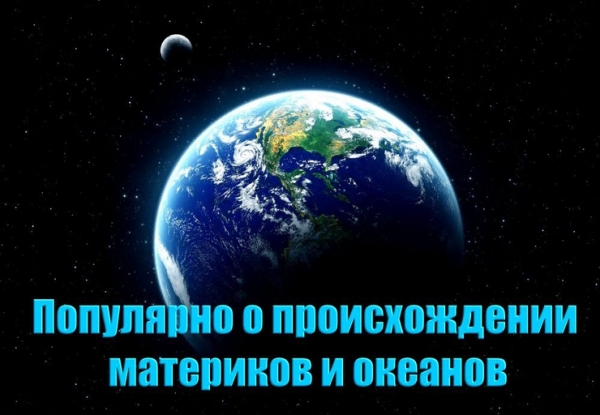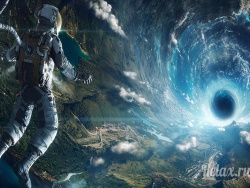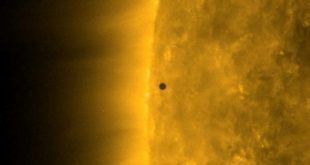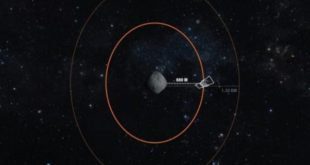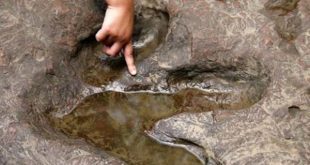 The Orion nebula is located at a distance of 1350 light-years from Earth.
The Orion nebula is located at a distance of 1350 light-years from Earth.
An international group of astronomers, scientists produced the most detailed and comprehensive to date representation of the known depths of the Orion Nebula (Orion Nebula), thrusting into the foreground a surprisingly large number of “failed” stars and small planetary bodies.
The Orion nebula is located at a distance of 1350 light-years from Earth, and it is part of the “sword” of the constellation Orion. This nebula is sufficiently bright and can be seen even with the naked eye on a clear night as a small blurry spot of light. The Orion nebula shines so brightly, thanks to a large amount of ultraviolet light emitted by stars within the nebula and illuminating clouds of gas and cosmic dust.
The instrument HAWK-I, installed on the VLT telescope, working in near near-infrared range of the spectrum that allows with his help to see beyond the clouds, blocking the light with other wavelengths. This, in turn, allows you to see stars, planets, asteroids and other space bodies, which are hidden in the depths of the nebula. Counting the exact number of these bodies, their total mass, etc. allows scientists a deeper insight into the processes of star formation and other processes occurring in the Orion Nebula, the width of which is 24 light-years.
The instrument HAWK-I took sufficient exposure time and several repeat visits in order to collect light in the quantity necessary to produce a high quality image. And data analysis of this image showed the existence of at least 10 red dwarfs, which are stars that failed to ignite thermonuclear reactions in its core and become a star. And this number is in conflict with some of the available theories on the processes of star formation in these nebulae, the abundance of brown dwarfs has allowed scientists to draw conclusions about what’s inside the Orion Nebula is less than previously thought, areas with active processes of formation of new stars.
Due to the relative proximity of the Orion Nebula to the Earth this object is the subject of increased interest from scientists who, observing the processes occurring there, are reviewing a variety of theories from various fields of astronomy and astrophysics. Most of all occurring in the depths of the Orion Nebula fits into the framework of existing theories, but sometimes there are anomalies, as in this case with the number of brown dwarfs.
Unfortunately, even the most advanced astronomical tools still lack in their ability to conduct direct observations. However, the introduction of new instruments, such as the future telescope European Extremely Large Telescope (E-ELT will allow astronomers to more carefully investigate all anomalies, covering more blank spots in our knowledge about the Universe.

